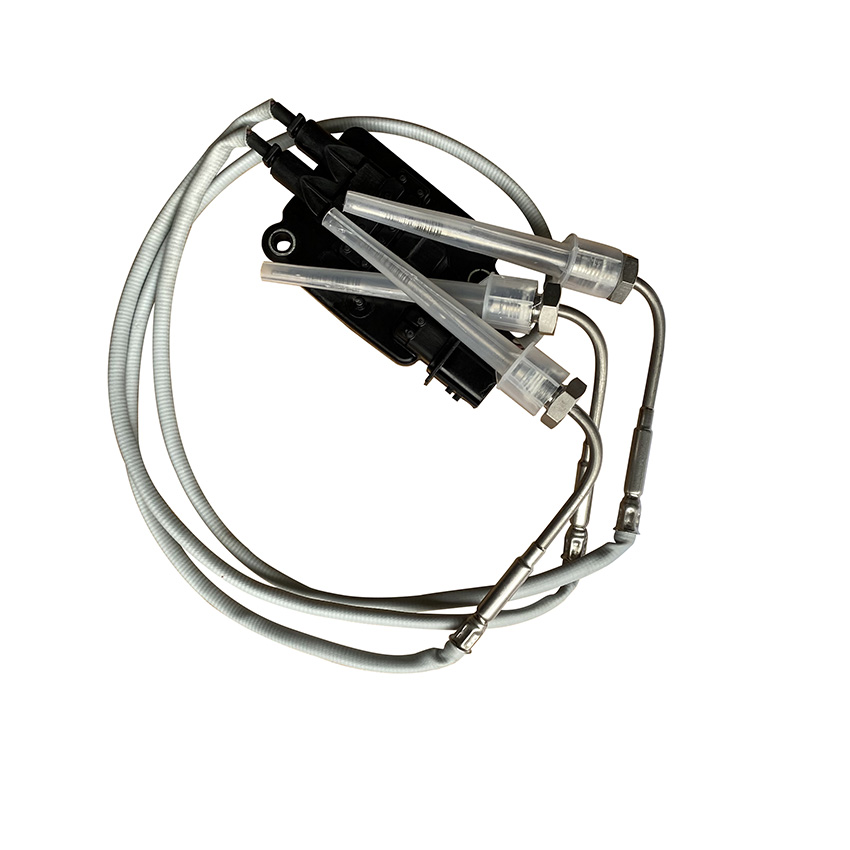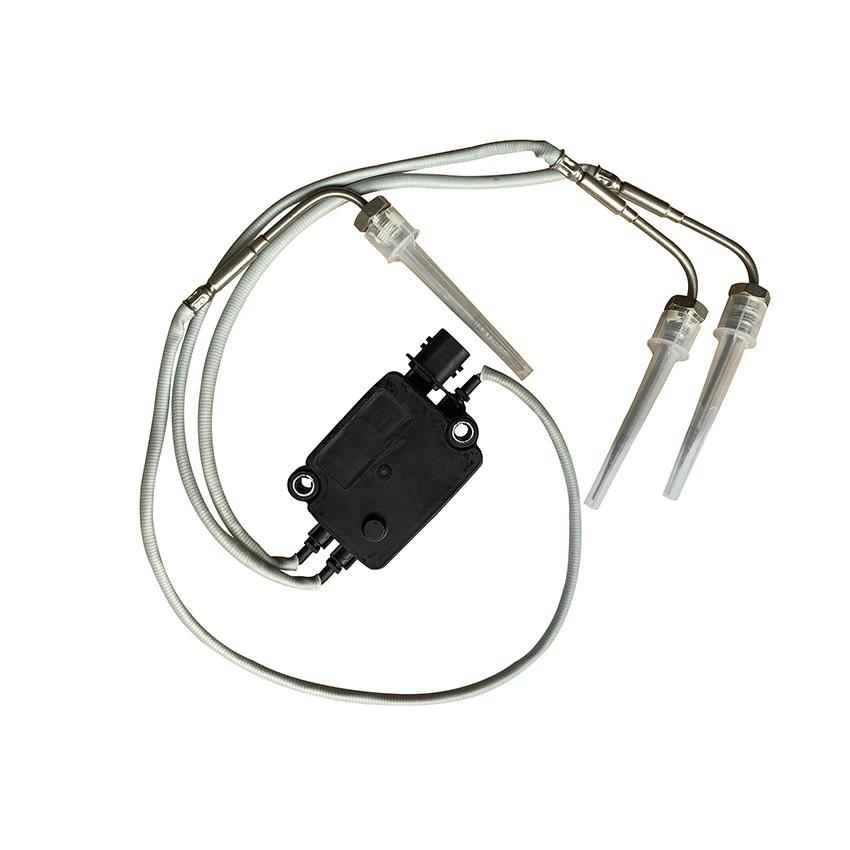close
Choose Your Site
Global
Social Media
Features of Exhaust Gas Temperature Sensor
The intelligent high-temperature sensor 4307262
Exhaust Gas Temperature Sensors (EGTS) play a crucial role in various industries and applications due to their ability to accurately measure and monitor exhaust gas temperatures. Here are some key application areas:
Aftertreatment Systems: They are used in conjunction with Diesel Particulate Filters (DPF) and Selective Catalytic Reduction (SCR) systems to ensure these components operate within optimal temperature ranges, thereby reducing harmful emissions.
Process Control: These sensors can be integrated into various industrial processes to provide real-time temperature data, which is crucial for maintaining process efficiency and safety.
Aircraft Engine Monitoring: EGTS are used in aircraft engines to monitor exhaust gas temperatures, ensuring optimal engine performance and reducing fuel consumption during taxiing operations. This is particularly relevant in the context of Electric Green Taxiing Systems (EGTS), which aim to reduce emissions and improve sustainability in aviation.
Emission Control: EGTS help in monitoring and controlling emissions from various sources, contributing to environmental protection efforts. By ensuring that exhaust gases are within regulated temperature limits, these sensors help reduce the release of harmful pollutants.
Energy Management: In smart city and building applications, EGTS can be used to monitor the efficiency of heating, ventilation, and air conditioning (HVAC) systems. This helps in optimizing energy usage and reducing operational costs.
Medical Equipment: EGTS can be used in medical equipment that involves combustion or heating processes, ensuring that these devices operate within safe temperature ranges.
Conclusion
Product Specification
Microcontroller | 32-bit Automotive MCU |
Output Signal format | CAN communication sends temperature data to ECU |
Probe type | N-type thermocouple |
Waterproof Rating | IP6K9K |
Mount Type | Engine or frame |
Connector | Tyco 1/2/3/4-1418390-1 |
Diagnosis Time | <3s |
Detection Accuracy | -40~649.99℃,±3℃;650~950℃,±1% |
Number of Channels | 1-4 customizable channels |
Design Life | 20000h |
Operating Environment Temperature | -40~125℃ |
Responsiveness | T63:<13S |
 |  |  |
Features of Exhaust Gas Temperature Sensor
The intelligent high-temperature sensor 4307262
Exhaust Gas Temperature Sensors (EGTS) play a crucial role in various industries and applications due to their ability to accurately measure and monitor exhaust gas temperatures. Here are some key application areas:
Aftertreatment Systems: They are used in conjunction with Diesel Particulate Filters (DPF) and Selective Catalytic Reduction (SCR) systems to ensure these components operate within optimal temperature ranges, thereby reducing harmful emissions.
Process Control: These sensors can be integrated into various industrial processes to provide real-time temperature data, which is crucial for maintaining process efficiency and safety.
Aircraft Engine Monitoring: EGTS are used in aircraft engines to monitor exhaust gas temperatures, ensuring optimal engine performance and reducing fuel consumption during taxiing operations. This is particularly relevant in the context of Electric Green Taxiing Systems (EGTS), which aim to reduce emissions and improve sustainability in aviation.
Emission Control: EGTS help in monitoring and controlling emissions from various sources, contributing to environmental protection efforts. By ensuring that exhaust gases are within regulated temperature limits, these sensors help reduce the release of harmful pollutants.
Energy Management: In smart city and building applications, EGTS can be used to monitor the efficiency of heating, ventilation, and air conditioning (HVAC) systems. This helps in optimizing energy usage and reducing operational costs.
Medical Equipment: EGTS can be used in medical equipment that involves combustion or heating processes, ensuring that these devices operate within safe temperature ranges.
Conclusion
Product Specification
Microcontroller | 32-bit Automotive MCU |
Output Signal format | CAN communication sends temperature data to ECU |
Probe type | N-type thermocouple |
Waterproof Rating | IP6K9K |
Mount Type | Engine or frame |
Connector | Tyco 1/2/3/4-1418390-1 |
Diagnosis Time | <3s |
Detection Accuracy | -40~649.99℃,±3℃;650~950℃,±1% |
Number of Channels | 1-4 customizable channels |
Design Life | 20000h |
Operating Environment Temperature | -40~125℃ |
Responsiveness | T63:<13S |
 |  |  |